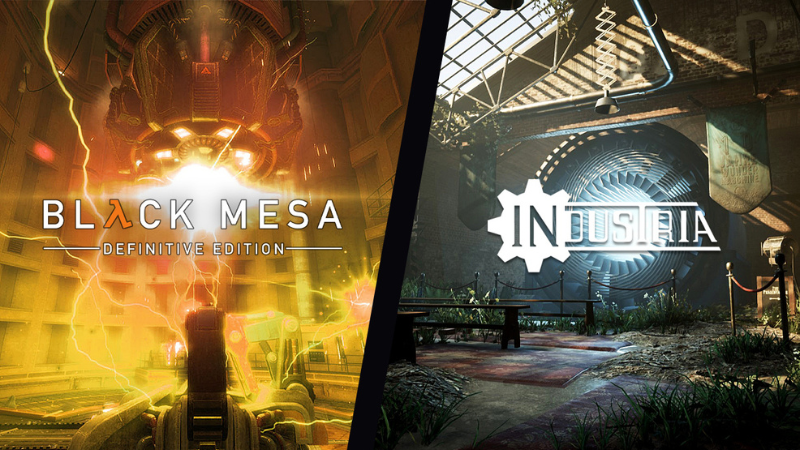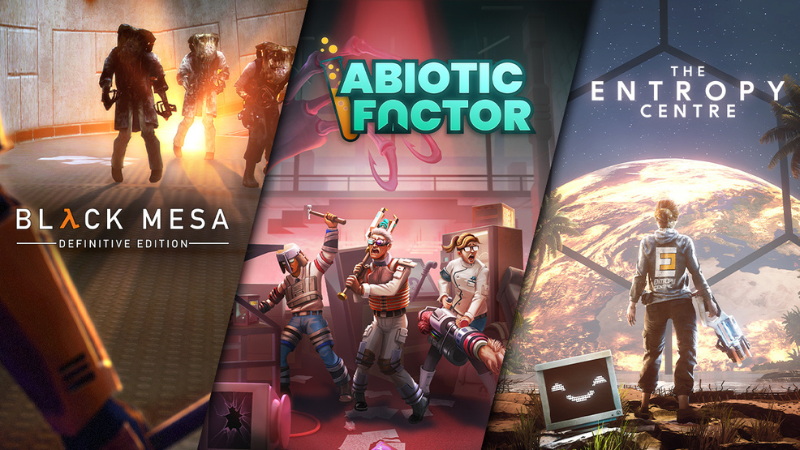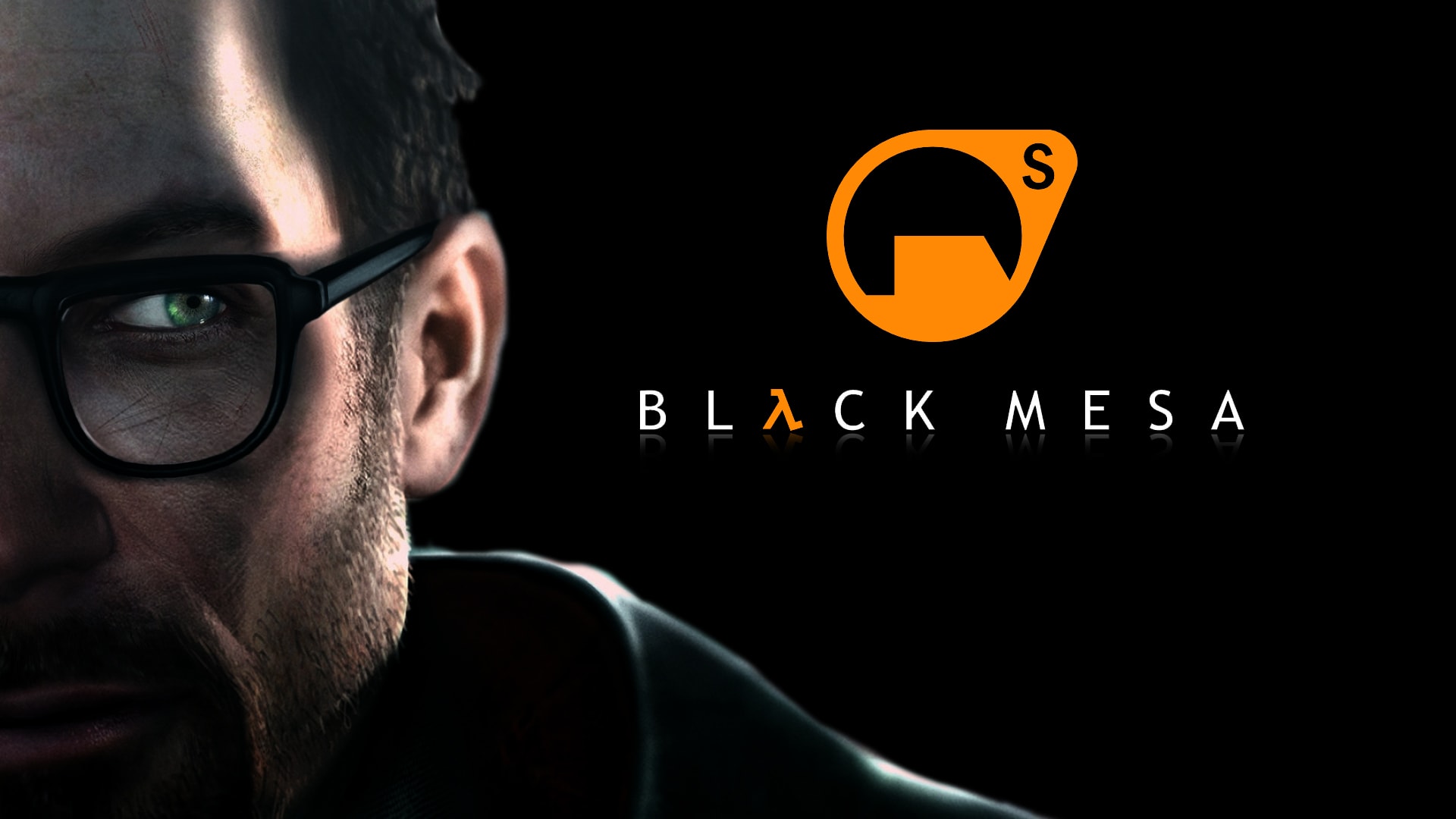Shawn Olson
I got into Half-Life and Counter-Strike when they first came out. I immediately got into level design in Worldcraft and modeling in 3ds Max. I made several CS maps for my local gaming group over the years and moved to Hammer when Source came out. My desire to make some more artistic levels was hindered by the unfriendly tools in Source. Fixing what I felt to be a broken pipeline turned into a decade-long adventure of creating Wall Worm, becoming the technical artist on Black Mesa and Product Owner at Autodesk for 3ds Max.
I’m a family man who doesn’t really watch much TV or even play many different games. I have been playing the same set of multiplayer games for decades now (CS and Battlefield mostly, though recently Pubg too). The way I see it is that a game doesn’t get boring just because it’s old–just like basketball never gets old for me. I play CS with my family and close friends; if I’m not playing with people I actually know, my interest wanes quickly. When it comes to single-player games, I get more enjoyment from creating games than from playing them.
At Black Mesa, my role ranges from building pipeline tools between 3ds Max and Source to making some assets here and there, assisting other artists to complete their tasks and teaching teammates how to use various functions and workflows.

There are many things that I love about Black Mesa. For me, as cool as Black Mesa is, the game itself pales in comparison to the opportunities it gave me. Most importantly, I’ve made some great friends. Professionally, Black Mesa helped add a higher level of legitimacy to my work with Wall Worm in the eyes of a wider audience. Black Mesa gave me the opportunity to learn to work with others in a way I had not really done before; facing the challenges of working with a remote group of talented but wildly diverse personalities was a valuable experience for me.
Hammer.
One of the things I hoped to accomplish when I was hired in 2015 was to move the whole team to a 3ds Max pipeline that did not use Hammer. While I was well acquainted with the Source community’s deep attachment to Hammer, I naively expected it would be different on our team. As it turned out, I was never able to get our level designers to embrace 3ds Max. They saw the value in what the artists were doing with Max by sculpting the landscapes, but for one reason or another, the level designers did not want to make the leap.
So we settled on a hybrid pipeline of Hammer to Max to Hammer. The challenge for me was that I knew the file formats, capabilities, and limitations of both Hammer and Max better than anyone else–so knowing that the hybrid method of constantly round-tripping exported data was not ideal weighed on me all the time. Iteration was severely hampered because of this, in my opinion. This was probably the greatest frustration I had.
Eventually, I gave in to the reality that the setup we had was not going to change. It worked well enough for the rest of the team to be satisfied, and some of the conventions we developed did make it a little more smooth over time. Learning to accept that was a valuable lesson for me–you may believe you have the right way to do something, but there are always many ways to skin a cat. In the end, we were able to make a game that we all get to share pride in.
3ds Max.
No. I actually dropped out of high school. There are many paths to education. I don’t recommend that path for all people, but the only thing you really need for most fields is a willingness to learn and make yourself better. If you really want to learn and you set goals for yourself, you can learn what you need to succeed. Education should be seen as a lifelong journey.
Just do it. It seems cliche, but that’s my view on a great many things. You learn by doing things. That’s how I’ve always approached everything. It’s also what I’ve tried to instill in all of my children. My son wanted to be a fitness trainer… I’m glad he just decided to do it! The same principle certainly applies to games.
I started in 2015, so I didn’t have to wait as long as most of the other members. For the most part, I didn’t have to resist burnout. Even with a few frustrations, I felt lucky to be part of the Black Mesa adventure. Working with creative people invigorates me. And the guys became my friends. Below is a picture of Brian Dale and I visiting the Wright Patterson Airforce Museum together.


